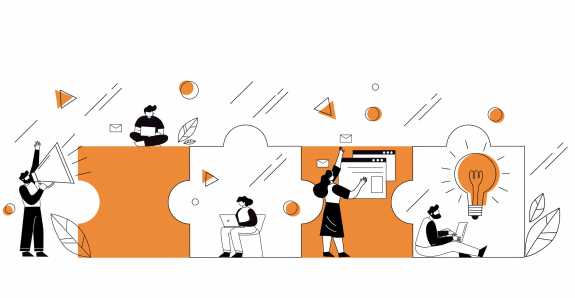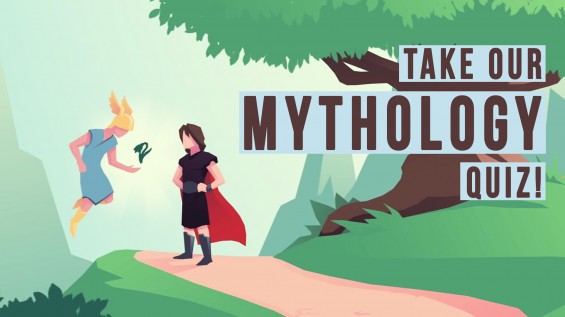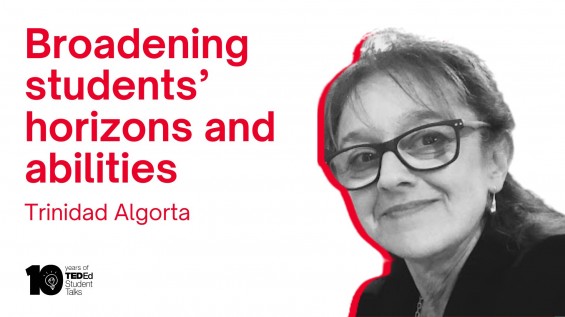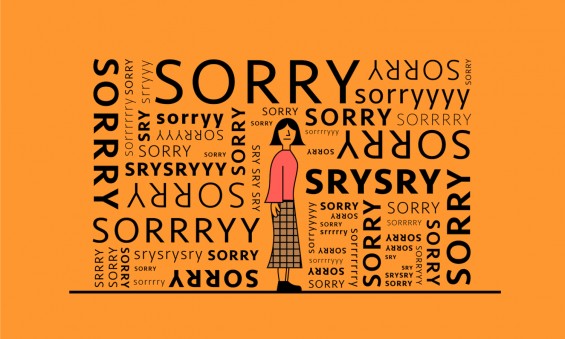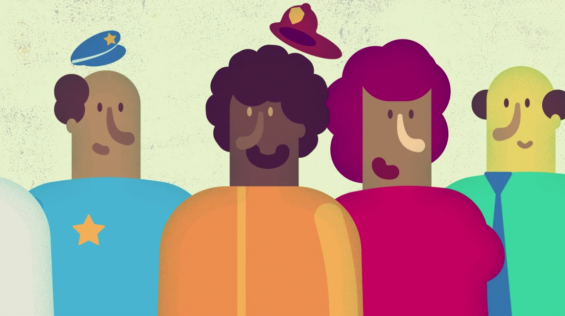
How TED-Ed partnerships work
TED-Ed is a non-profit, and we’re eager to keep putting free, high-quality, educational videos into the world all the way up to the heat death of the Universe. So far, our more than 1,400 videos have been watched more than 4 billion times, which we find pretty awe-inspiring.
The challenging part: high-quality animation production is expensive. A given video only recoups a fraction of its cost from YouTube ad revenue. So, like many other creators, we make partnerships with other organizations to sustain our operations. Unlike many other creators, we aren’t looking to make a profit; only to generate enough funding to keep serving our audience with ever-better and more innovative and engaging content.
To maintain the trust we’ve built with our audience, we want to make our partnership process as transparent as possible. We draw firm lines to maintain the editorial and educational integrity of our content, and we want you to know what you’re getting when you watch a TED-Ed video that has a partnership attached.
We have two main partnership models.
In the first, a partner underwrites the cost of one or more of our videos, and in exchange we suggest a product or service that the partner provides and that we believe may interest the majority of our audience. Past examples in this model include math mastery-building services provided by Brilliant.org and great audiobooks offered through Audible. We’re extremely selective and personally vet everything we recommend. For example, in the case of Audible, someone on the TED-Ed team must not only have read or listened to the book we mention at the end of the video but must also enthusiastically recommend it (and you’ll then see their endorsement on our book recommendation page). These sponsorship messages appear at the end of the video, following the conclusion of the animated lesson. Our partners in this model have no input whatsoever regarding the content of the lesson, including the subject matter we cover.
In the second model, we collaborate with an organization whose mission is aligned with our own to produce new content. Past examples include the United Nations, Gates Ventures, the Always #LikeAGirl Campaign, Nevergrey LTD (Sir Ken Robinson’s Organization), Endless Network, Games For Change, and several more. Before unpacking this model further, it may help to explain two things: our mission, and our editorial process.
TED-Ed’s mission is to spark and celebrate the curiosity and creativity of learners and educators throughout the world.
As for our process: like Cerberus, every TED-Ed video has three heads. The first is an expert who serves as the principal author of the script. Sometimes they are expert teachers who have found an innovative way to present a subject. Most typically, they are people who have made that subject a major part of their life’s work, whether through academia, journalism, medical practice, or otherwise. These experts guide the pedagogy and information contained within each animation, to make sure they’re not only factually accurate, but represent the most up-to-date ideas and consensus within the field we’re covering. They’re rarely household names, but in many cases they deserve to be; they’re the people doing the great work that advances human knowledge forward.
Cerberus’s second head is TED-Ed itself. We have a team of seasoned storytellers and producers with decades of experience across various media. We work closely with experts to craft each script and make it clear, engaging, informative, and inspiring. Each script goes through many iterations— often as many as 10-20— to make it as good as possible. At the end of that process fact checkers review every statement of every script to keep incorrect or potentially misleading statements from making it through.
And the final member of our canine triumvirate is the animation studio that brings the video to life on-screen. Sometimes that studio is TED-Ed itself, working with our in-house animators, but more often, they’re external, and are based all over the world. The animators take the creative lead over the visual style and vocabulary for the piece. Meanwhile the subject matter experts, our team, and fact-checkers review the visuals to make sure everything is accurate.
OK, so how do partners fit into all of this?
Partnerships with mission-aligned organizations represent a great opportunity for everyone involved. As described above, we’re always looking for experts to collaborate with in order to communicate all subjects with the most reliable and up-to-date information possible. And our partner organizations are usually a hub for a network of experts. For example, starting in 2018 we partnered with AIM Photonics. They’re an organization affiliated with labs at MIT that is developing the future of integrated photonics, which uses light to do things like keep the internet running, allow self-driving cars to see, and diagnose illness. One of the scientists with whom they work closely, Sajan Saini, helped us explain the details of a complex technology and achieve our goal of illuminating (so to speak) the technology in the hopes of inspiring future engineers.
Organizations want to partner with us in this way for a variety of reasons. Some are looking to increase public understanding of and engagement with their field or a specific topic within it. Others are foundations dedicated to supporting educational initiatives, and partnering with us helps them fulfill their own missions. Others still are concerned with addressing a pervasive public health risk, and look to our videos to help spread potentially life-changing or life-saving information and understanding.
All of our partners contractually agree that TED-Ed has full editorial control throughout the process and over the final product. So when we share scripts and work-in-progress animations with members of the organizations we partner with, we keep those reviews about one thing and one thing only: factual accuracy. We still independently fact-check every statement, and if we get the impression that a partner is trying to insert editorialized, biased, or misleading information, we politely but firmly push back and exercise our editorial control. Fortunately, this almost never happens, thanks to the rigor of our early vetting process and the clear expectations everyone agrees to.
When it comes to publication, in some cases, these partnerships involve placing the partner’s logo in the beginning or end of a video and acknowledging their support in the narrated outro or in the YouTube description. In others we’ll suggest a free digital resource, such as their YouTube channel or a website with further learning materials. What we won’t do is suggest you buy their product; that type of partnership would fall into the first category, where there is strictly no input into the content. Rather, this model is similar to when work is supported by a grant; the financial partnership is to make the content possible and support a shared mission, which in our case is rooted in providing free access to excellent educational resources.
Both of these partnership models are necessary for the continued existence of TED-Ed. By communicating and maintaining the standards described above, we look to do so not only with integrity, but to create even better content. At the end of the day, the most important thing is that we serve you, our audience.
